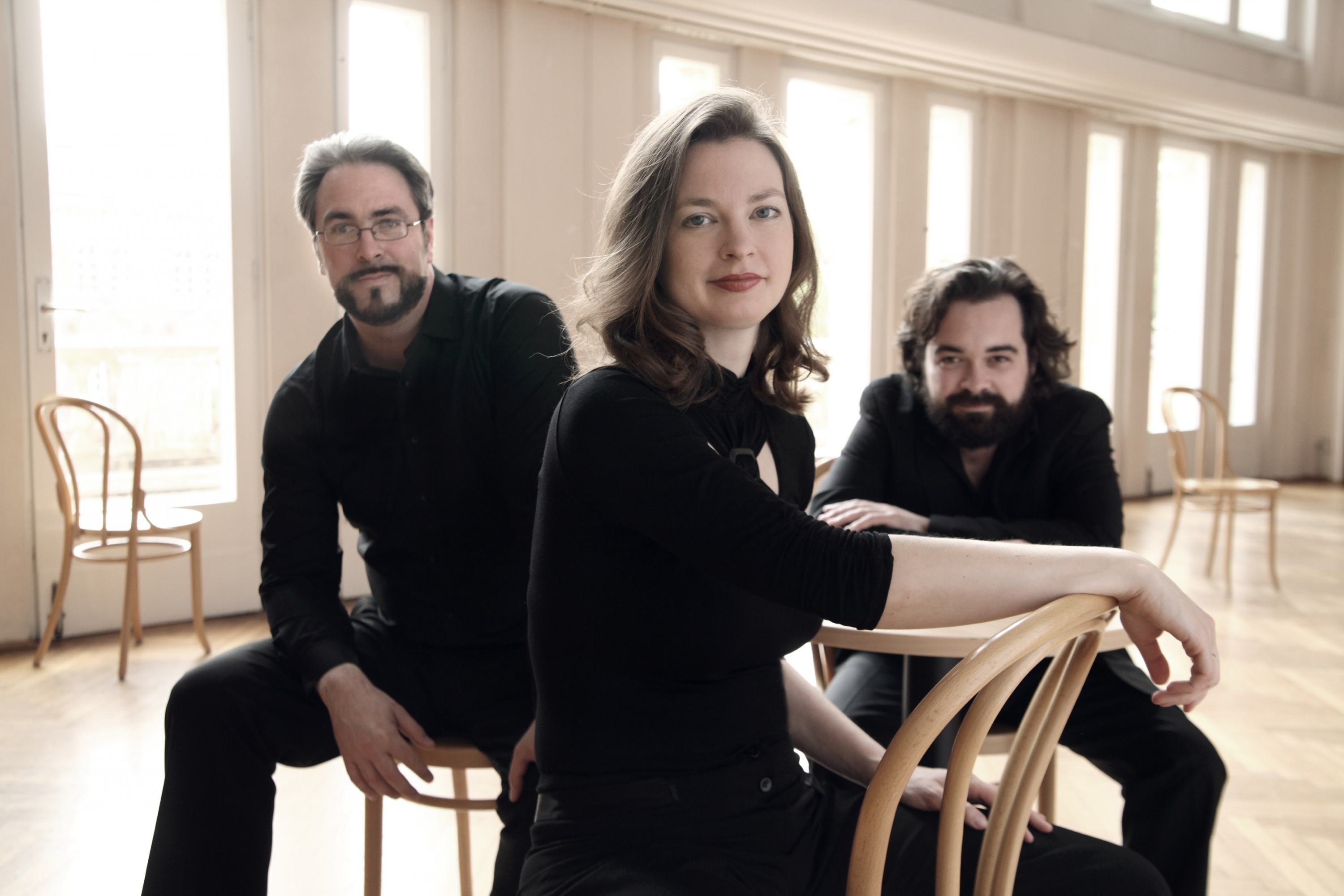This week, I’m playing Schubert’s monumental Ninth Symphony (the “Great”). It’s a piece which pushes the envelope towards Romanticism in some interesting ways. Can you think of any other symphony from the 1820s that starts this way with a single melodic line in the horns or uses the trombones as a prominent solo voice? The Ninth was Schubert’s last completed symphony and it was virtually unknown until Schumann and Mendelssohn rediscovered it in 1838. It served as a model for Schumann and composers who followed.
While Beethoven’s symphonies often feel as if they’re pushing towards an ultimate goal with an unrelenting, growling, ferocity, Schubert allows us to get lost in the moment. Schubert’s music develops through melodies rather than short motivic bursts. As a result, our perception of time is different when we listen to Schubert.
Consider this as you listen to Schubert’s Nocturne in E-flat Major for piano trio. It was written in autumn of 1827 (the year of Beethoven’s death), perhaps as the eventually rejected slow movement of Schubert’s Piano Trio No. 1. This music has a static, time-altering quality that might remind you of the String Quintet in C Major. All of the mystery and underlying sadness of late Schubert is here, from the distant, nature-rooted echoes of horn fifths to the sudden dark intrusion of “B” in this passage which opens the door to a spirited second theme. And pay attention to the mysterious, searching way that second theme dissolves back into the original music. This is music which takes many surprising turns, yet ultimately gives us the feeling of being suspended in midair.
Here is the Atos Trio’s recording:
Recordings
- Schubert: Nocturne in E-Flat Major, D. 897, Atos Trio iTunes
- Also listen to the Beaux Arts Trio’s classic recording.
- the Atos Trio’s performance of Schubert’s Piano Trio in B-flat Major, live at London’s Wigmore Hall

